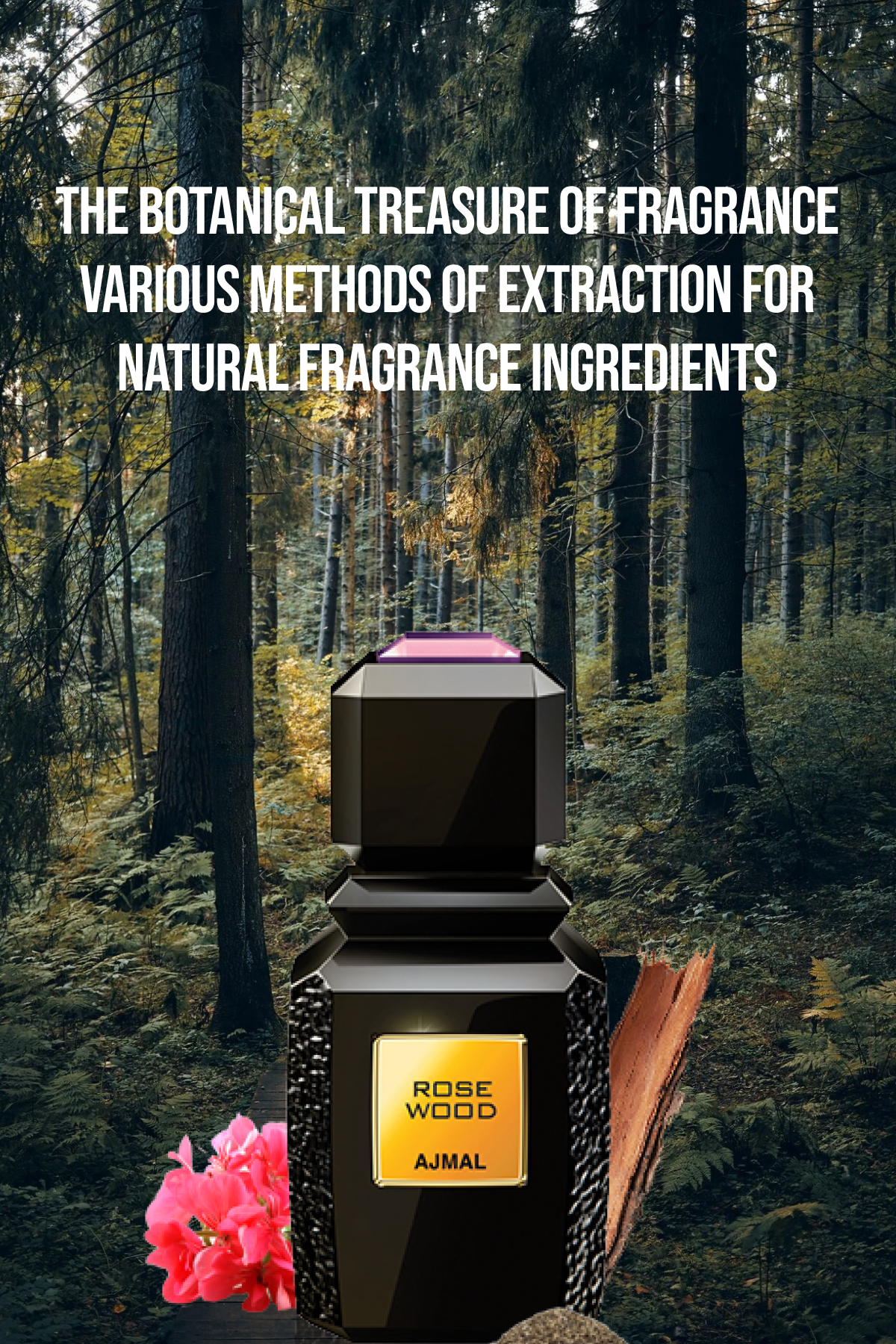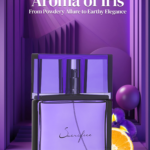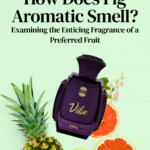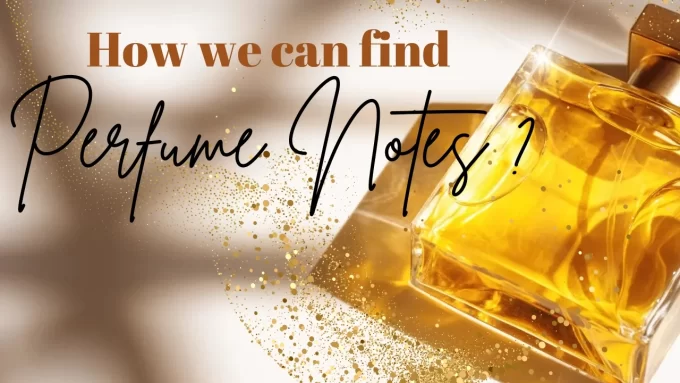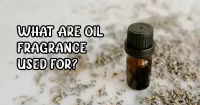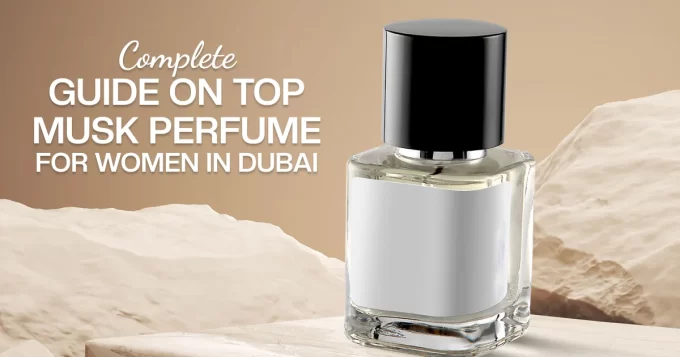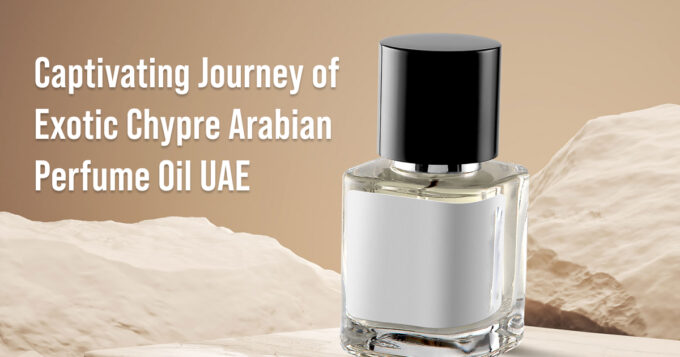The Botanical Treasure of Fragrance: Various Methods of Extraction for Natural Fragrance Ingredients
The natural essences of innumerable plants, flowers, woods, and resins are woven together to create the complex tapestry that is the perfume industry. Perfumers have access to an array of scents that is as varied as the kingdom of plants itself, ranging from the soft flowery notes of jasmine to the smokey, spicy undertones of frankincense. However, how precisely do these priceless scent constituents get from the flowers, leaves, and roots of their botanical sources into the well-known and beloved amber oud perfumes?
Distillation: Steam’s Essential Component
Steam distillation is one of the most popular techniques for removing aroma components from plants. Using the strength of hot steam, this method extracts the volatile aromatic molecules from the non-volatile plant matter by vaporizing the volatile molecules included in the plant material.
Any part of the plant—flowers, leaves, wood, or roots—is carefully put into a distillation device. The heat from the steam causes the aromatic oils to evaporate from the plant materials. An essential oil is a concentrated liquid essence that is obtained by condensing the resultant vapor.
Steam distillation leaves essential oils with an intense, organic scent that is characteristic of the plants from which they were extracted. Because of this, they are especially coveted in the fine fragrance industry, where natural ingredients’ intricacy and authenticity are highly regarded.
Extracting Solvents: Gathering the Nuance
For many plant materials, steam distillation is an excellent method; nevertheless, when exposed to high temperatures, some delicate flower components may degrade or lose their subtlety. Perfumers resort to the more delicate technique of solvent extraction in these situations.
In this procedure, the plant material is submerged in a solvent that has been carefully chosen to dissolve and capture the aromatic chemicals, such as carbon dioxide or hexane. After additional processing, the resultant solution—also referred to as an absolute or concrete—leave behind a highly concentrated, viscous extract after the solvent has been eliminated.
Flowers like jasmine, rose, and tuberose that have very delicate and fleeting smells are especially good candidates for solvent extraction. The delicate scent profile of these blooms is preserved by the lower temperature method, guaranteeing that the finished perfume ingredient keeps all of its inherent complexity and beauty.
Enfleurage: The Artful Technique of Removing Fat
In the field of natural perfumery, the centuries-old enfleurage technique is a true labor of love. Fresh flower petals are carefully layered on top of a thin layer of pure animal fat, usually tallow or lard, and then the aromatic compounds are allowed to slowly permeate into the fatty matrix over a long period of time.
When the fat is fully saturated with the flower essence, it is scraped off and alcohol-washed to obtain the concentrated essence (sometimes called an absolute or pomade). The fragrance of really fragile flowers, like jasmine and tuberose, that would otherwise be harmed by the heat of distillation, is especially well-suited for this exquisite technique.
The enfleurage technique, however labor- and time-intensive, produces some of the most exquisite and sought-after natural perfume ingredients, valued for their unmatched authenticity and aromatic depth.
Extracting the Essence via Maceration and Cold Pressing
Other extraction techniques may be used for some plant materials, such citrus peels and seeds, in order to maintain the unique freshness and vibrancy of their smells. One such method is maceration, which involves soaking plant material in a solvent—typically vegetable oil—to progressively infuse the aromatic chemicals.
An other technique that works particularly well for extracting essential oils from citrus fruit rinds is cold pressing. This method releases the fragrant oils without using heat, which could destroy their subtleties. Instead, the peels are manually pressed at moderate temperatures.
These delicate extraction techniques provide ingredients for perfume that are brimming with the authentic, pure fragrances of their botanical sources, making them indispensable tools in the perfumer’s toolbox.
Combining Botanical Bounty
Although the process of separating distinct aroma components from plants is fascinating and intricate, the real art of perfumery is in the expert combining of these various essences. Perfumers create the harmonizing, multi-layered scents that adorn our skin and entice our senses by drawing on their in-depth knowledge of olfactory chemistry and their intuitive grasp of how various notes interact.
The perfumes we treasure, whether it’s the zesty, citrusy freshness of a cologne or the delicate floral bouquet of a good parfum, are the result of a painstaking balancing act, where the perfumer skillfully interweaves the botanical richness of the natural world into an enthralling olfactory symphony.
Supercritical CO2 Extraction:
This cutting-edge method uses carbon dioxide as the solvent, but it is heated to a supercritical state under pressure, which makes it more effective than conventional solvents at penetrating the plant matter. The extracts that are left behind are incredibly pure and smell really fresh. This technique works especially effectively with substances that are delicate or sensitive to temperature.
Headspace Capture:
Perfumers may use this technique if direct extraction from the plant material is not practical. This procedure preserves the true aroma profile by gathering and condensing the volatile aromatic components that the living plant emits. This procedure is frequently employed to preserve the fleeting scents of flowers that are too fragile for other extraction techniques, or to preserve rare or endangered plant species.


